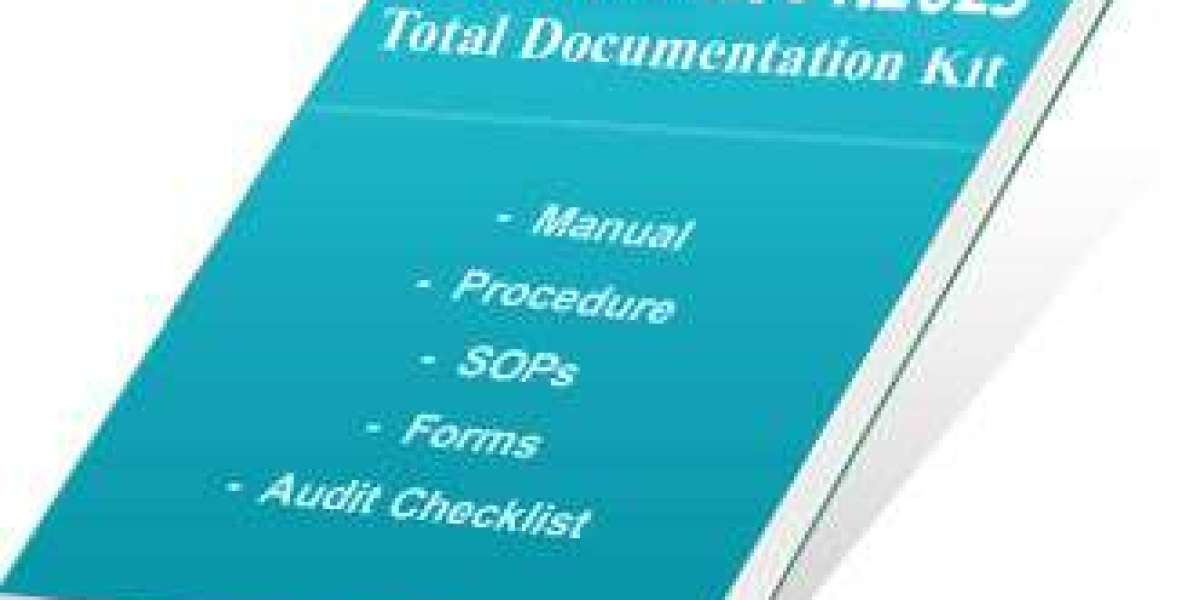Achieving ISO 14001 certification requires meticulous planning and a thorough understanding of environmental management practices. One of the most crucial aspects of the certification process is preparing the necessary documentation for audits. These documents serve as evidence that an organization is complying with environmental regulations, adopting sustainable practices, and continuously improving its Environmental Management System (EMS). In this article, we will explore how to prepare ISO 14001 documents effectively to ensure a smooth and successful audit.
Understanding ISO 14001 Documentation Requirements
ISO 14001 is an international standard for environmental management systems. It provides a framework for organizations to manage their environmental responsibilities efficiently. Documentation under ISO 14001 can be divided into several categories, each serving a distinct purpose:
- Environmental Policy and Objectives: The environmental policy outlines the organization’s commitment to environmental protection and improvement. Objectives should be measurable and linked to the policy, demonstrating the organization’s intent to reduce its environmental impact.
- Environmental Aspects and Impacts: These documents identify the aspects of the organization’s operations that impact the environment, such as emissions, waste generation, energy consumption, etc. The impacts associated with these aspects must be assessed for significance.
- Legal and Other Requirements: It is essential to document compliance with environmental laws and regulations, as well as any other applicable requirements, such as industry standards or voluntary agreements.
- Environmental Management Program: This document details the actions, timelines, and resources required to meet environmental objectives. It includes responsibilities, training plans, and how performance will be monitored.
- Operational Control Procedures: These documents describe how the organization manages its day-to-day operations in compliance with environmental requirements, ensuring that the processes are in line with the EMS.
- Records and Monitoring: ISO 14001 mandates the need for accurate records of environmental performance, including waste disposal, energy usage, and emissions data. These records must be maintained for review during audits.
- Internal Audit and Management Review: Documentation of internal audits and management reviews should include audit plans, reports, corrective actions, and improvements made based on audit findings. This shows a commitment to continuous improvement.
Steps to Prepare ISO 14001 Documents for an Audit
Preparation for an ISO 14001 audit requires careful attention to detail and a structured approach. Below are some essential steps to ensure that your documents are audit-ready:
- Review the Environmental Policy
The first document auditors will typically assess is the environmental policy. Ensure that this policy clearly outlines the organization’s commitment to environmental protection, compliance, and continual improvement. It should align with ISO 14001 requirements and be updated regularly to reflect any changes in environmental practices or legal requirements.
- Conduct an Environmental Aspect and Impact Assessment
Document the environmental aspects of your organization’s activities and processes. For each aspect, evaluate its potential environmental impact, severity, and significance. This assessment forms the foundation of the EMS and must be both accurate and comprehensive. Auditors will look for clear links between identified impacts and the organization’s operational controls.
- Ensure Legal and Other Compliance Records Are Complete
ISO 14001 requires organizations to comply with all relevant environmental legislation. Ensure that you have a complete and up-to-date record of all applicable laws, regulations, and standards, along with evidence of compliance. Failure to comply with environmental laws can result in non-conformities during the audit.
- Align Environmental Objectives with Business Goals
Environmental objectives must be specific, measurable, achievable, relevant, and time-bound (SMART). Ensure these objectives are clearly documented and aligned with the broader business strategy. The objectives should be reviewed periodically to ensure they are still relevant and that progress toward achieving them is being tracked.
- Implement and Document Operational Controls
Clearly define how your organization’s operations will be managed to mitigate environmental impacts. This includes operational procedures, training programs, and monitoring processes. These controls should be consistent with the environmental objectives and show that the organization is taking proactive steps to reduce its environmental footprint.
- Keep Accurate Environmental Records
Accurate documentation of all environmental activities is critical. This includes monitoring records of energy use, waste management, emissions, and any corrective actions taken. Auditors will scrutinize these records to assess your organization’s compliance and performance. Ensure that all records are organized, complete, and readily accessible for review.
- Conduct Internal Audits and Management Reviews
Before the formal ISO 14001 audit, conduct internal audits to identify any gaps or non-conformities in your EMS. These audits should cover all aspects of the EMS, from policy implementation to performance monitoring. Document the findings and ensure corrective actions are implemented. Similarly, management reviews should be documented, including any actions taken to improve the EMS.
- Prepare for External Audit
Before the official ISO 14001 audit, perform a mock audit to simulate the real audit process. This helps identify any areas of concern and provides an opportunity to correct issues before the actual audit takes place. Ensure that all documents are in order and that all staff members are familiar with the processes in place.
Best Practices for Document Management
To facilitate a smooth audit process, it’s essential to manage your ISO 14001 documentation efficiently:
- Organize Documents: Keep all relevant documents in a central, accessible location. Implement a document control system to ensure that only the latest versions of documents are used.
- Train Employees: Ensure that employees are familiar with the EMS and understand the importance of maintaining accurate records. This includes training on the environmental policy, objectives, operational controls, and internal audit processes.
- Review and Update Regularly: The EMS is a dynamic system that requires continuous improvement. Regularly review and update your documentation to ensure it reflects any changes in operations, regulations, or environmental goals.
Conclusion
Successfully preparing ISO 14001 documents for audits is essential for achieving and maintaining certification. A well-documented Environmental Management System not only demonstrates compliance but also reflects the organization’s commitment to sustainability and environmental protection. By ensuring that all necessary documentation is complete, organized, and up-to-date, organizations can increase their chances of passing an ISO 14001 audit and creating a positive impact on their environmental performance.



